Using Defense Mechanisms in Grief
/ Understanding Grief : Eleanor Haley
For further articles on these topics:
Defense mechanisms refer to behaviors used to protect oneself from unpleasant thoughts and emotions like guilt, anger, shame, and jealousy. Some people find these yucky emotions so unacceptable that they will unconsciously employ defense mechanisms to prevent themselves from ever having to acknowledge or experience them.
Sigmund Freud first proposed the concept of 'defense mechanisms' as an element of his influential theory of personality. For those of you who took Psych 101, think back to the Id, Ego, and Superego in which all elements, with the exception of the ego, reside in the unconscious. Since their introduction, the concept of defense mechanisms has been expanded quite a bit, and they are still used today to try to understand certain behavioral patterns.
Defense mechanisms are common, we all use them from time to time, often without realizing. Let's take a look at a few common defense mechanisms to see if any look familiar to you.
[Of Note: There are many defense mechanisms, we will only mention a handful here. If you're interested in learning more, a quick Google search will turn up quite a few reliable results.]
Denial:
Denial is used to avoid acknowledging an unpleasant truth or reality; usually, because the reality is painful or threatening. In grief, we often hear 'denial' mentioned in the context of Elisabeth Kubler-Ross' Five Stages of Grief. However, there is no end to the ways that a person can use denial in their grief. For example, by saying and believing things like - "I don't need help." "I'm fine." "I don't have a problem." "Nothing needs to change" or "I'm over it."
Regression:
Who hasn't had a good grief temper tantrum? I know I have. When a person uses regression they revert to an earlier stage of development and display what might look like immature and insecure behavior. A person engaging in regression in their grief might shut down or withdraw, become clingy with family and friends, or act childish.
Projection:
Projection is when a person has thoughts and feelings that they believe are unacceptable, so instead of acknowledging them, they attribute them to someone else. For example, let's say I'm mad at my husband, but I don't want to admit that I'm mad so instead I project my feelings onto him by saying,"I know you're mad at me. Why are you mad at me?"
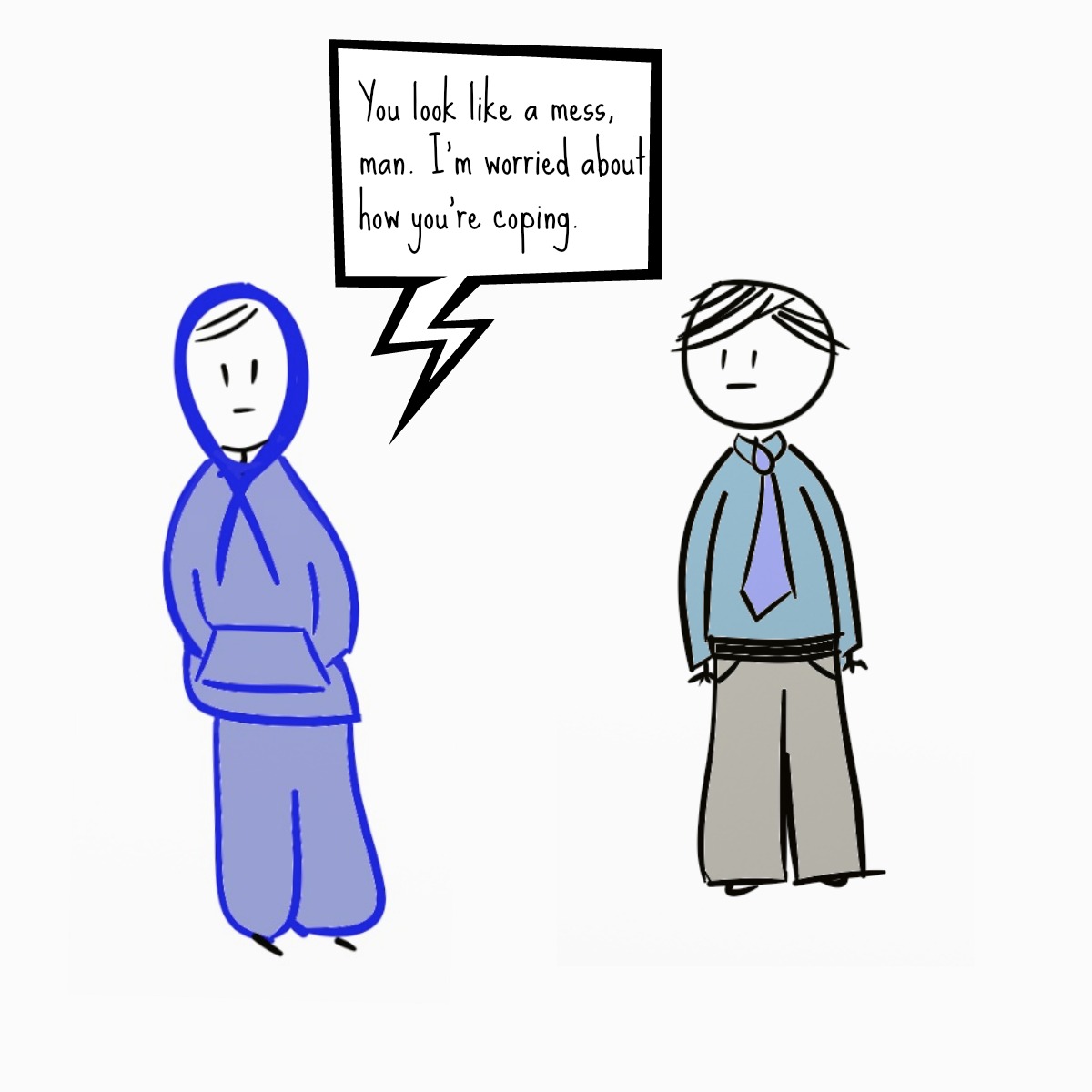
Displacement:
Displacement is when a person has thoughts and emotions towards someone or something, but instead of directing them towards the appropriate source, they take them out on another person or object. This defense mechanism is often used when a person is unable to express their emotions towards the actual source because it would be ineffectual or have negative consequences.
Quite often grieving people have very strong feelings towards things like faith, illness, death, grief, the person who died, or the person they blame for the death. In many of these instances, they can't take their emotions out on the source, so instead, they displace them onto someone else.
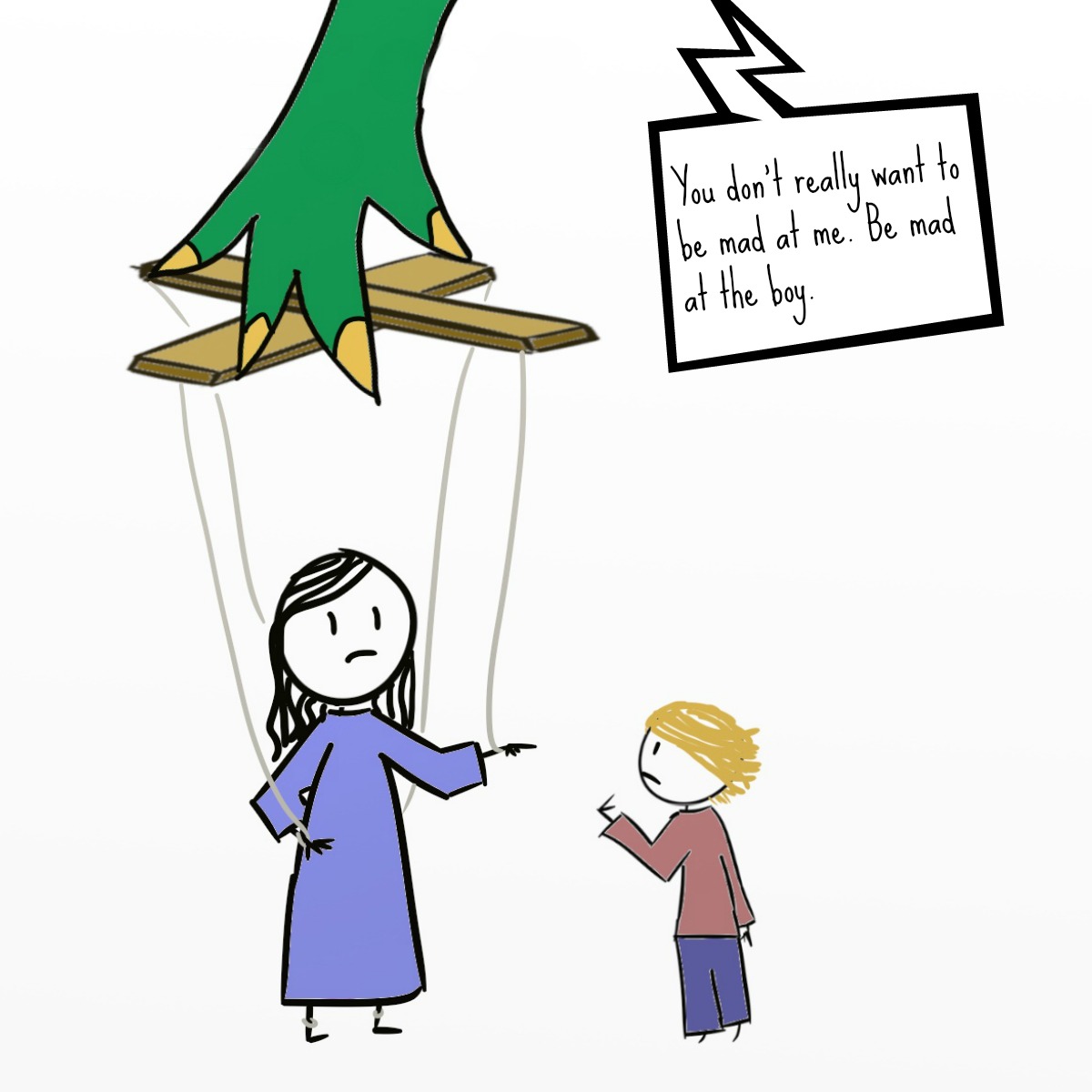
Intellectualization:
We're definitely guilty of intellectualizing our grief here at WYG (I mean, have you seen our grief theory section?) When a person is confronted with painful or frightening emotions, they might try to intellectualize them, rather than actually experience them. In this way, they avoid making contact with their feelings by examining them from an arm's length away.
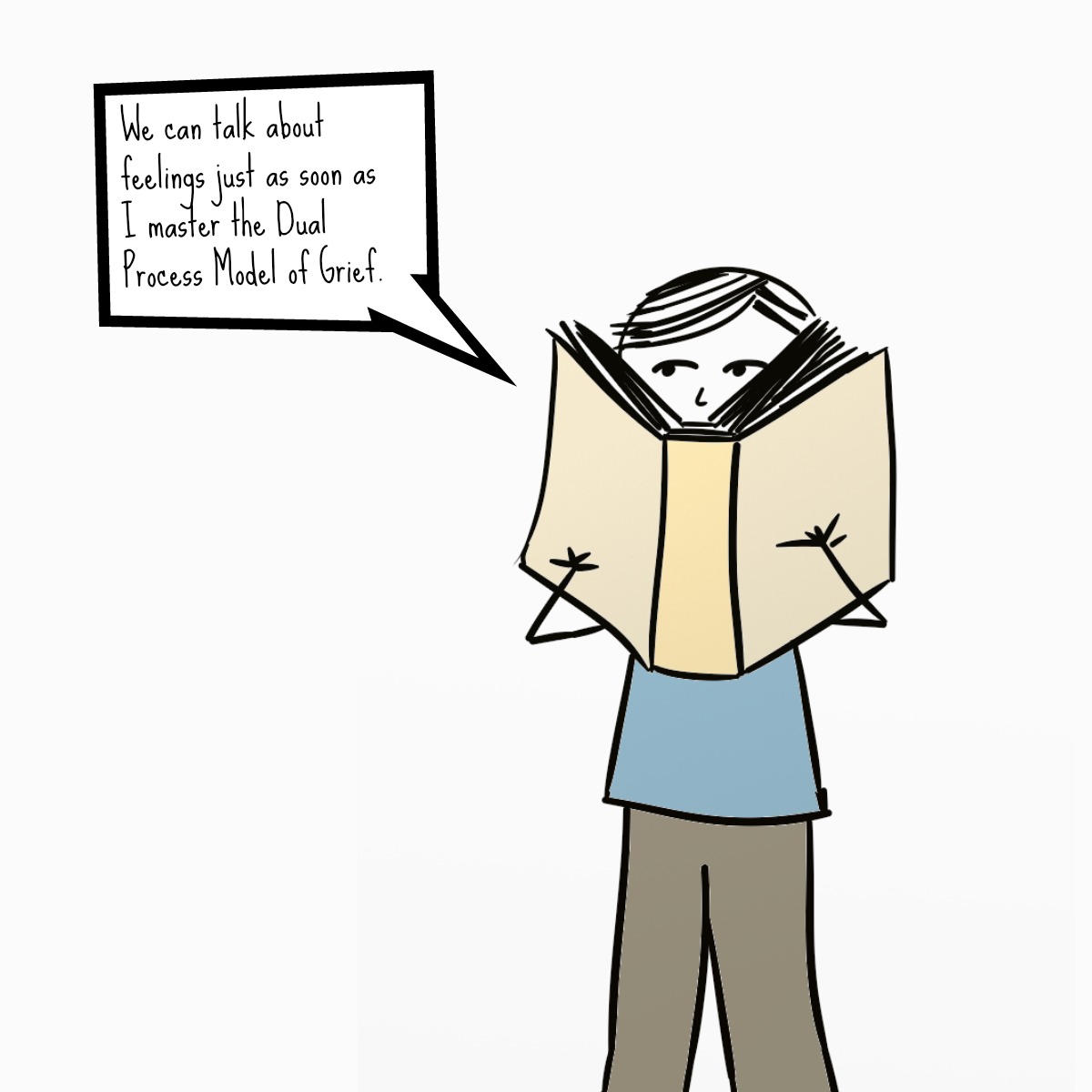
Undoing:
When a person has behaved negatively towards someone or had unpleasant thoughts about that person, they may feel guilt. Afterward, they may try and undo their actions by engaging in opposite actions or thoughts. For example, if I said something hurtful to my best friend I may feel guilty and try to balance things out by paying her four compliments.
Undoing can play a role in grief in a number of ways. People commonly feel guilty for the negative things they said or did towards the deceased loved one in the past. However, relationships don't suddenly become one-dimensional because a person has died; they often remain as multifaceted in death as they were in life. Also, people sometimes die before their loved ones have a chance to make amends, and after they die there are very few opportunities to resolve or undo, what has been said, thought, or done.
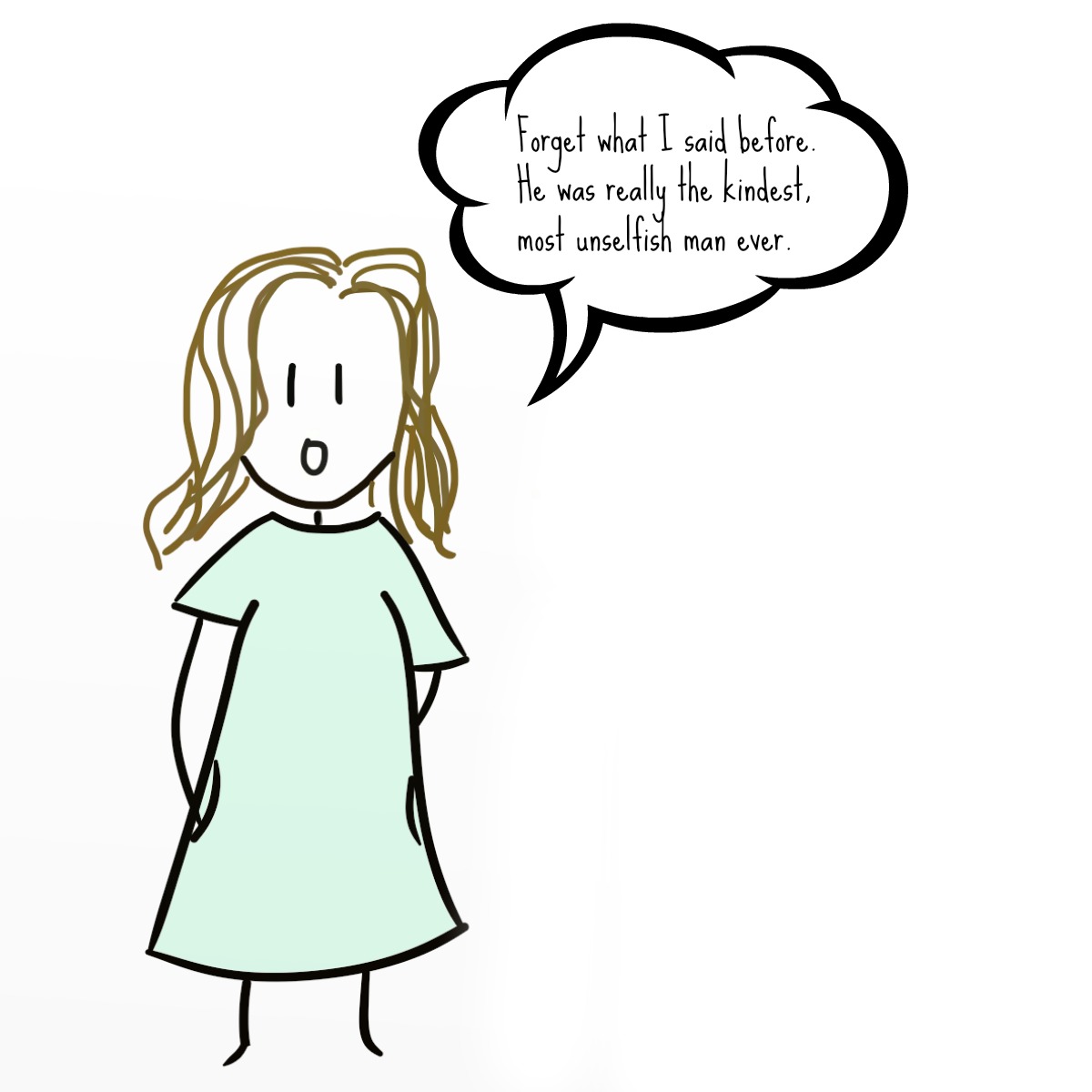
Sublimation:
Sublimation is when a person channels their painful and threatening experiences into positive, or acceptable, outlets. We see examples of sublimation in grief time and time again when people use their experiences to create, educate, advocate, and support.
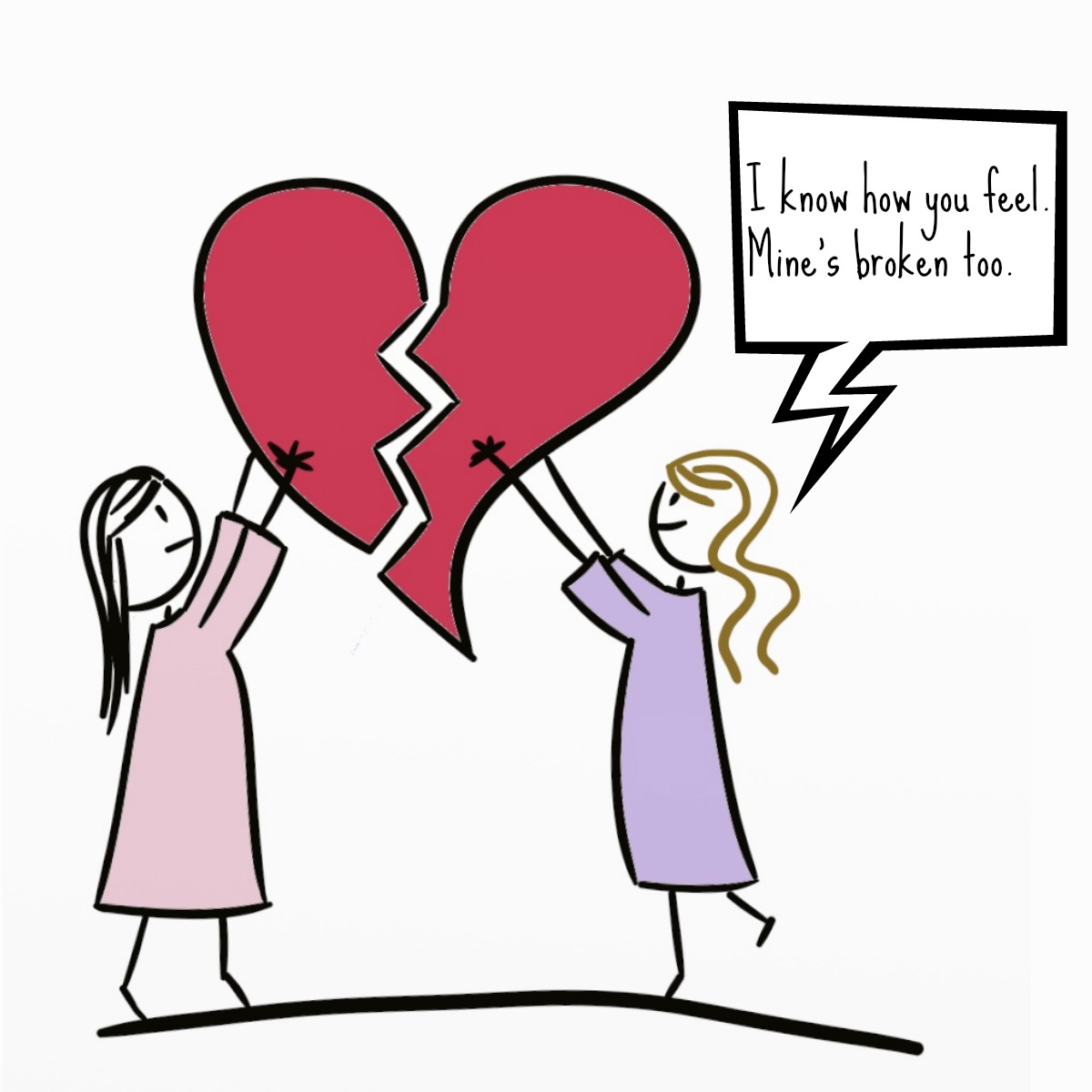
Subscribe
We wrote a book!
After writing online articles for What’s Your Grief
for over a decade, we finally wrote a tangible,
real-life book!
What’s Your Grief? Lists to Help you Through Any Loss is for people experiencing any type of loss. This book discusses some of the most common grief experiences and breaks down psychological concepts to help you understand your thoughts and emotions. It also shares useful coping tools, and helps the reader reflect on their unique relationship with grief and loss.
You can find What’s Your Grief? Lists to Help you Through Any Loss wherever you buy books:
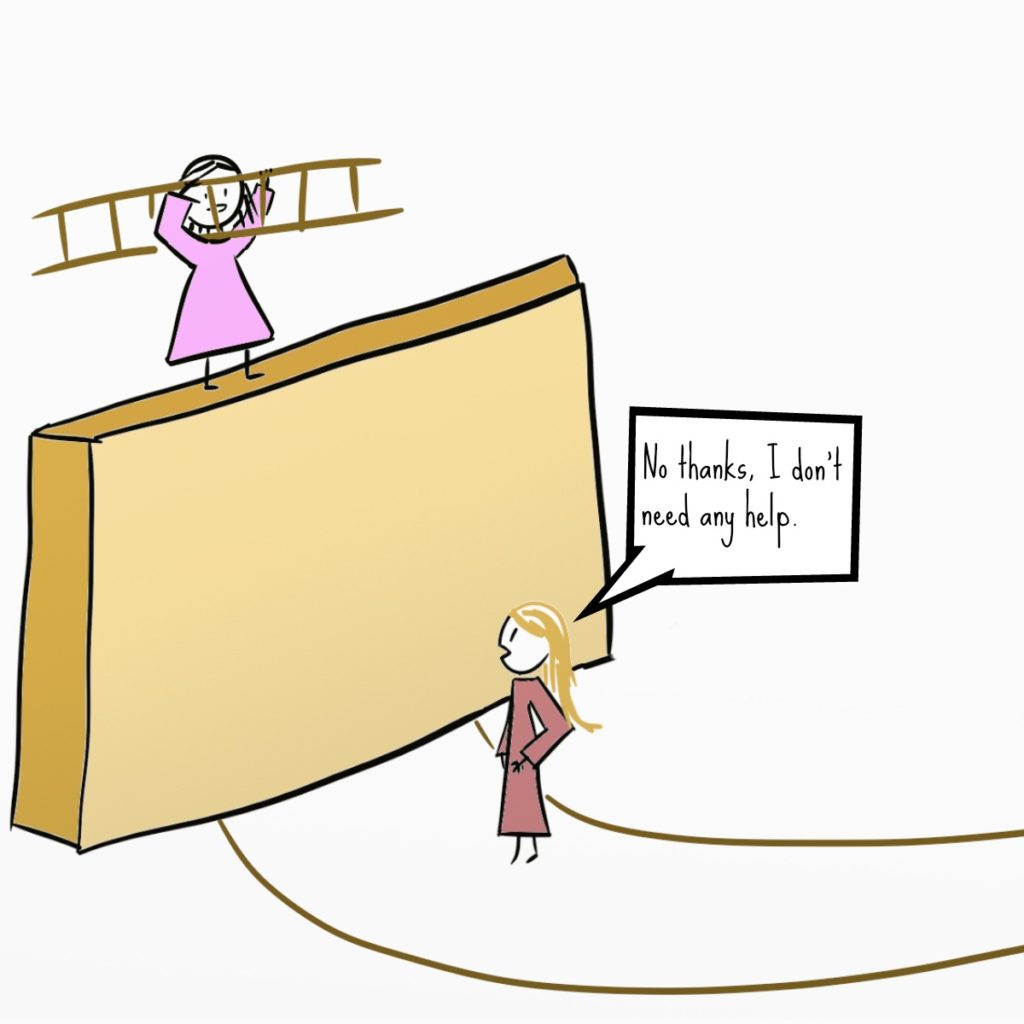
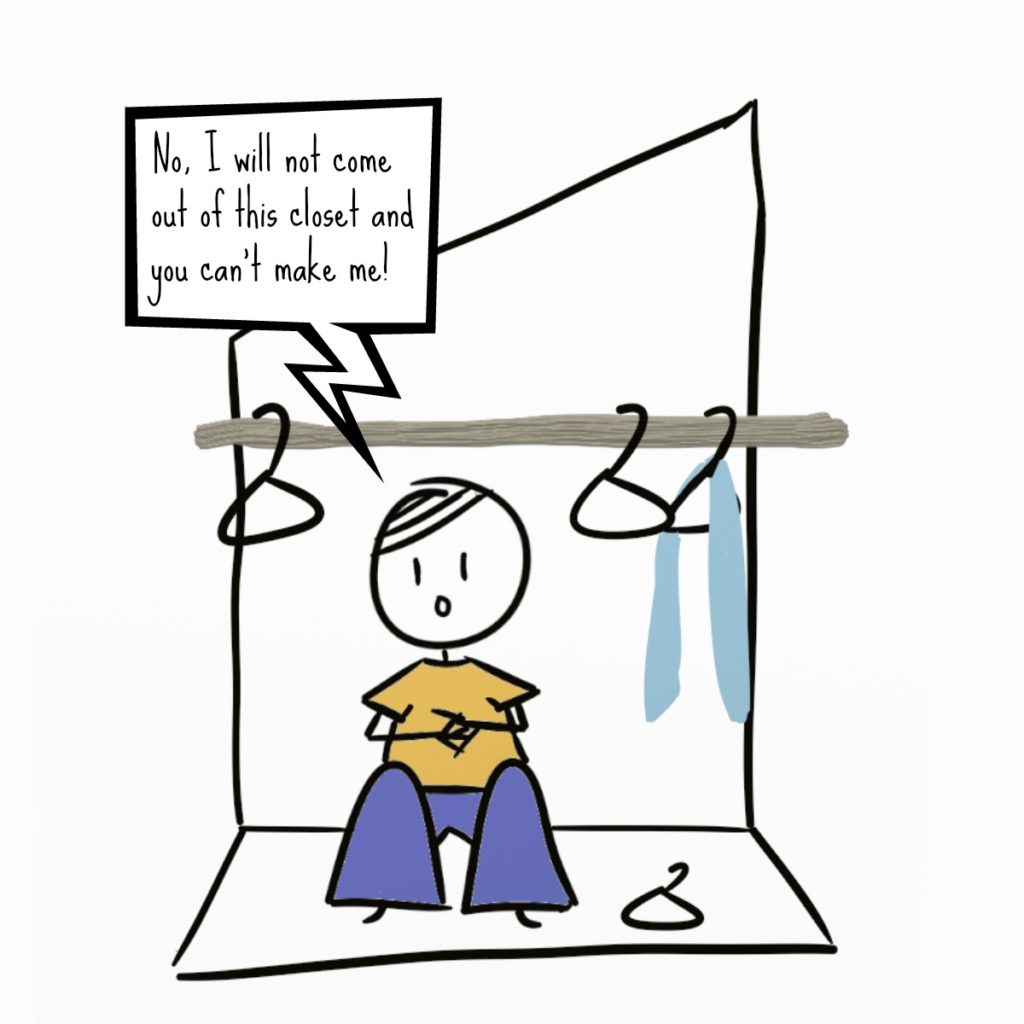
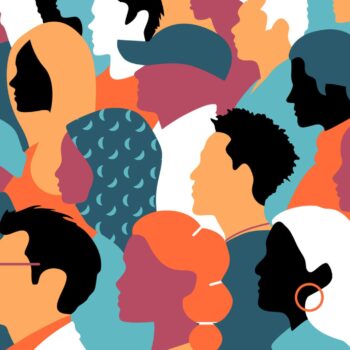



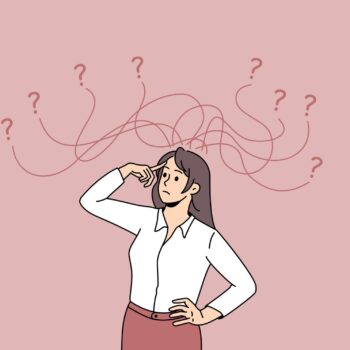
Justiceiscringey UwU July 31, 2022 at 3:24 pm
Is there a stage where someone sees someone who looks similar to the one who died anr then they see that person as the person who died?
Litsa September 2, 2022 at 11:12 pm
This is very common in early grief – often our brains are still looking for our loved one in the world, expecting to find them. So when we see someone who looks similar our brain will think it is that person. This usually starts to subside with time!
CHELLIE HALE October 4, 2021 at 1:42 pm
My 7 year old grandson lost his mother to cancer in April 2019. Since then he has also been taken away from his sister and his birth father now has custody. He is very disruptive at school and at home. He has a constant trauma and hates the word ‘no’. Just lately he is making noises and sitting on the floor rather than a chair at school. Is this regression please. I don’t think he gets much love at home either but I wouldn’t swear to that.
Litsa October 25, 2021 at 1:17 pm
Chellie, it is very hard to say with kids so I would suggest you take him in to be seen by a child therapist, ideally one who specializes in grief. https://childrengrieve.org/
Shelby February 23, 2018 at 5:18 pm
Sublimation is a defense mechanism? Is this viewed as negative? I can only see positive. But if it’s used to a way to protect or avoid grief, how does that manifest. This one confused me a little. However, I really liked the article and illustrations. Although I’m sure this is a heavy and deep topic, the way it’s written and illustrated makes it very understandable.
Shelby February 23, 2018 at 5:18 pm
Sublimation is a defense mechanism? Is this viewed as negative? I can only see positive. But if it’s used to a way to protect or avoid grief, how does that manifest. This one confused me a little. However, I really liked the article and illustrations. Although I’m sure this is a heavy and deep topic, the way it’s written and illustrated makes it very understandable.
amanda bowes-shorten November 28, 2017 at 5:53 pm
my home looks like I have a hoarding problem when in fact I have several hobbies on the go at once because I cant concentrate for long without wanting to cry. so I bounce from one thing to another, about 20 hours a day and im soooo tired.
I should be used to no sleep, its been going on for many years now and my gp is nonplussed, I hate him so much
amanda bowes-shorten November 28, 2017 at 5:53 pm
my home looks like I have a hoarding problem when in fact I have several hobbies on the go at once because I cant concentrate for long without wanting to cry. so I bounce from one thing to another, about 20 hours a day and im soooo tired.
I should be used to no sleep, its been going on for many years now and my gp is nonplussed, I hate him so much
jackie March 7, 2017 at 10:43 pm
thanks for being here
Elizabeth March 4, 2017 at 7:49 pm
Very helpful as always. I’m sure I’ve deployed a few of these. Thanks, girls!
Jeni February 24, 2017 at 11:32 am
This was great. I work at a large hospice agency and sent this out to the staff, with the thought that it can help to just identify and notice these reactions in families/patients they are working with…but also within themselves (including me!). The carried grief that comes with our own personal losses and grief, and then working with death and dying every day takes a toll, and sometimes just being able to name what the reaction is that is going on in others or within ourselves can lead to more compassion and kindness. Thanks for sharing this!